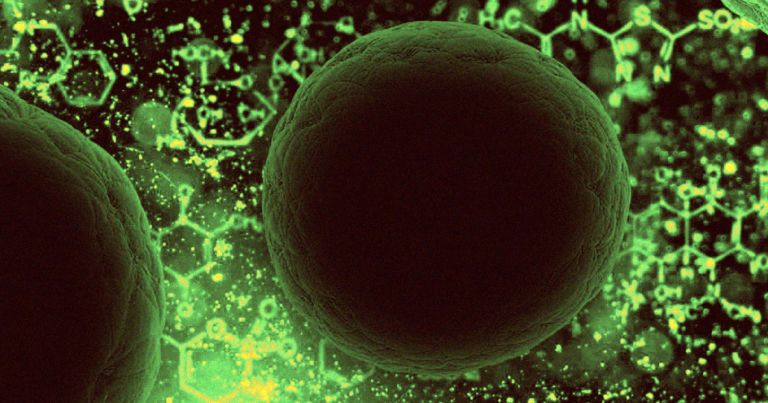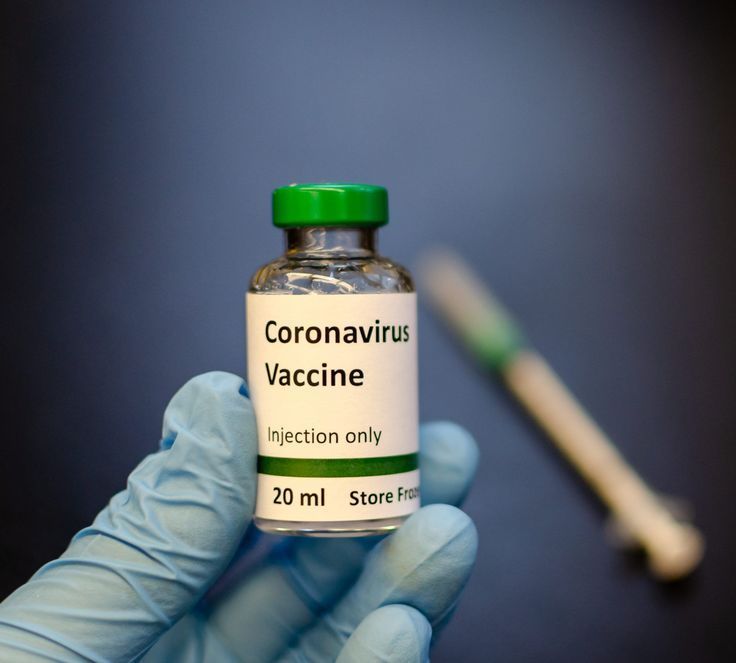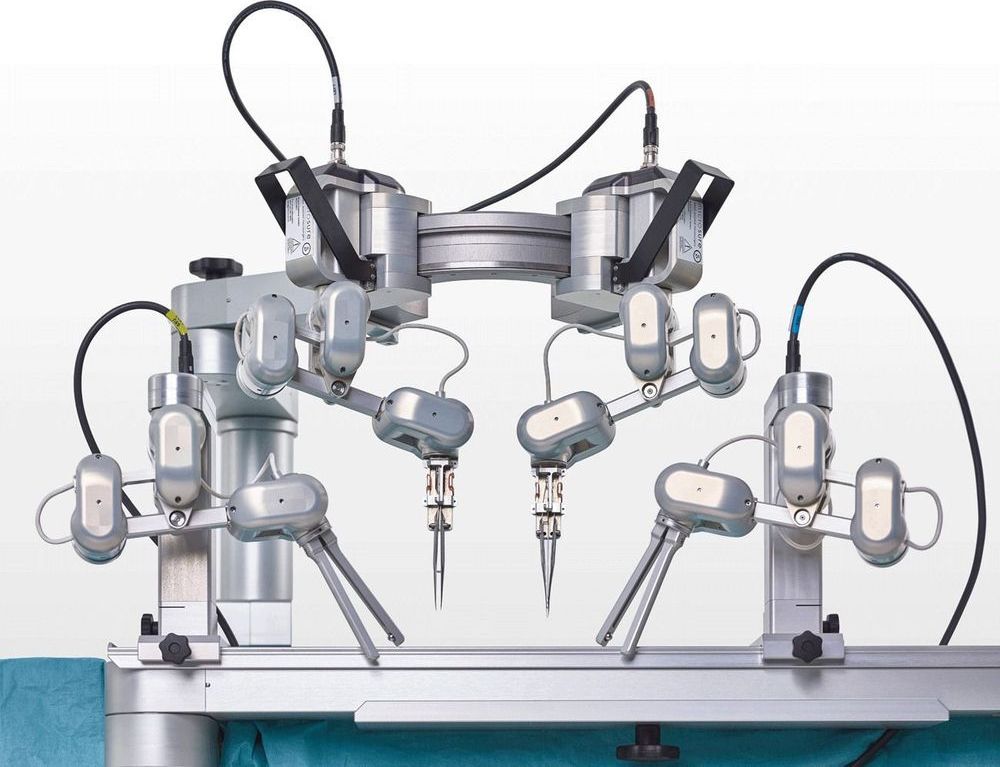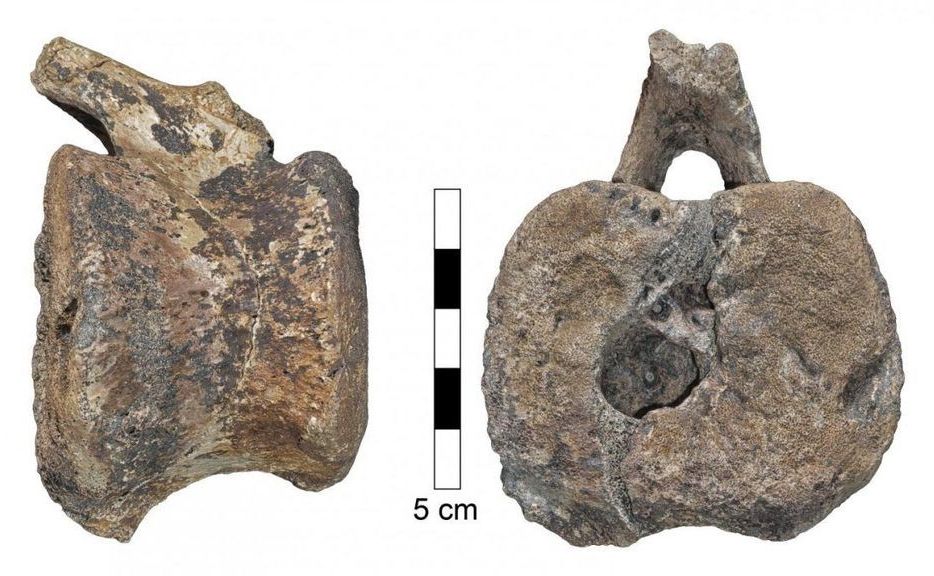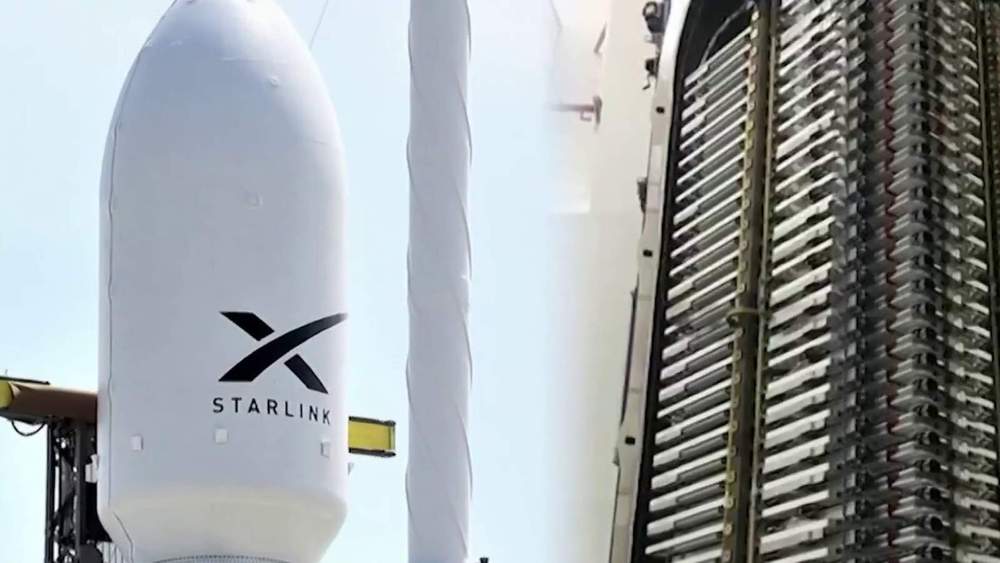Page 7900
Feb 13, 2020
Interventions for pain: Finding connections at the surface
Posted by Xavier Rosseel in categories: biotech/medical, health, nanotechnology, neuroscience
Like buoys bobbing on the ocean, many receptors float on the surface of a cell’s membrane with a part sticking above the water and another underwater, inside the cell’s cytoplasm. But for cells to function, these receptors must be docked at specific regions of the cell. Most research has focused on the ‘underwater’ portions. That’s where the cell’s molecular machines swarm and interact with a receptor’s underwater tails, with those interactions then fueling signals that dive deep into the nucleus, changing the cell’s course.
New work by a team of Thomas Jefferson University researchers reveals new activity above the surface, in brain-cell receptors that govern learning and chronic pain. In the study, the authors show that the ‘above water’ portion of proteins can help dock the proteins at synapses, where neurons mediate flow of information throughout the brain. This discovery opens the possibility of using this docking site as a target to develop treatments for chronic pain and other diseases more effectively. The study was published January 29th in Nature Communications.
“The extracellular spaces — the parts ‘above the water’ — have been largely overlooked,” says senior author Matthew Dalva, PhD, professor and vice chair of the Department of Neuroscience and director of the Jefferson Synaptic Biology Center in the Vickie & Jack Institute for Neuroscience — Jefferson Health. Dr. Dalva and his team looked at the NMDAR receptor on brain cells and pinpointed the spot where this receptor interacts with a neighbor to initiate signaling. “When trying to develop new therapy, finding the bullseye is half the problem,” says Dr. Dalva.
Feb 13, 2020
This solar telescope just released its first close-up video of the Sun — and it’s stunning
Posted by Nare Khachatryan in category: space
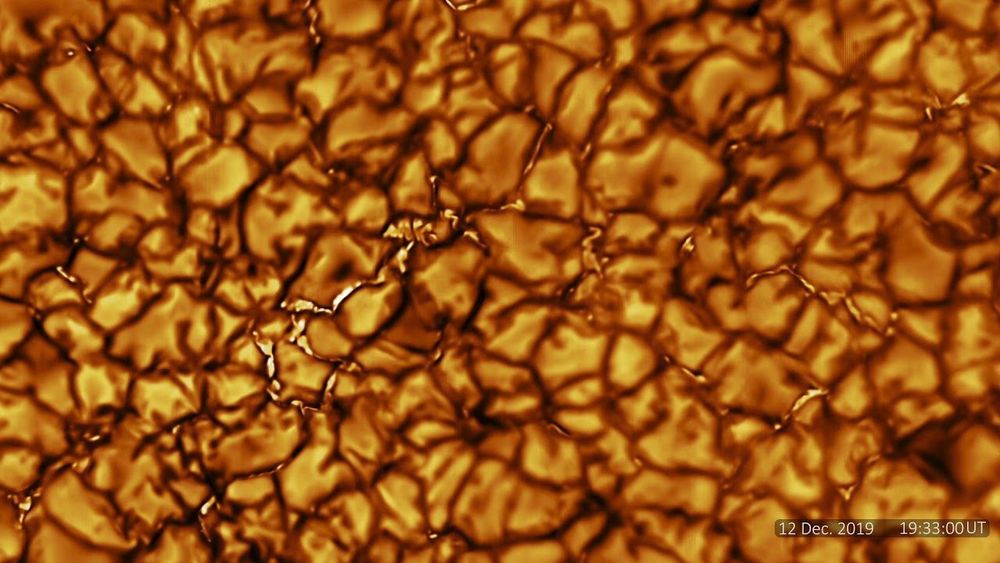
Astronomers using the new Daniel K. Inouye Solar Telescope in Hawaii have released their first public images of the Sun, and they are the most detailed images of our parent star ever taken. Images from the next-generation National Science Foundation (NSF) solar observatory reveal details on the surface measuring just 30 kilometers (18 miles) in diameter.
The new four-meter (157 inch) instrument (the largest solar telescope in the world) recorded images and video of turbulent plasma on the surface of the Sun, providing an unprecedented level of detail for solar researchers.
Feb 13, 2020
Neuroprosthetics: Medicine of the future
Posted by Paul Battista in categories: biotech/medical, cyborgs, life extension, neuroscience
Neuroprosthesis is the process of using direct electric stimulation to enable proper functioning of the nervous system. Neuroprosthetic devices supplements the input or the output signals to the neural system, enabling the individual to carry out proper functioning and physical activities. Some of the purposes which involve the use of neuroprosthetics include, techniques for bladder and bowel control, deep brain stimulation, and restoration of mobility and respiration to paralyzed individuals.
Get PDF sample copy of study @ http://bit.ly/39hTnku
Brain disorders exhibits a considerable social and economic burden in Europe. According to WHO survey, brain disorders are responsible for 35% of Europe’s total disease burden. This burden is increasing due to increasing number of aging population in Europe, and requires a considerable attention to address the treatment issues as all the cases does not respond to medication therapy.
Feb 13, 2020
Utilizing Biopharma 4.0 to Boost Coronavirus 2019-nCoV Vaccine Efforts
Posted by Omuterema Akhahenda in category: biotech/medical
Scientists are scrambling to develop a vaccine against coronavirus 2019-nCoV and plan to use advanced bioprocessing methods and techniques to accelerate production.
#coronavirus #vaccine #bioprocessing
At present there is no vaccine against the coronavirus However, various groups have started working on them, including Johnson & Johnson (J&J).
Continue reading “Utilizing Biopharma 4.0 to Boost Coronavirus 2019-nCoV Vaccine Efforts” »
Feb 13, 2020
Robot completes first round of “supermicrosurgeries” on human patients
Posted by Genevieve Klien in categories: biotech/medical, robotics/AI
A highly precise form of reconstructive surgery, known as supermicrosurgery, seeks to connect ultra-thin blood and lymph vessels as a way of restoring them to healthy function. This requires a high level of expertise on part of the surgeons, but they may soon have a new robotic tool at their disposal called Musa, which has performed its first round of procedures with great success.
Supermicrosurgery is a relatively new medical technique that focuses on reconnecting vessels with diameters ranging from 0.3 mm to 0.8 mm. One of its primary applications is tackling lymphedema, which commonly occurs following breast cancer treatment and leads to swelling and localized fluid retention. Given the delicate nature of the process, only a small number of surgeons are currently capable of performing these operations.
Microsure is a Dutch startup spun out of Eindhoven University of Technology and Maastricht University Medical Centre, where researchers have been developing a robot to take on the task of supermicrosurgery. Called Musa, the robot is controlled by a surgeon, but translates their hand movements into more precise actions for a set of robotic hands.
Feb 13, 2020
Disease found in fossilized dinosaur tail afflicts humans to this day
Posted by Genevieve Klien in category: biotech/medical
The fossilized tail of a young dinosaur that lived on a prairie in southern Alberta, Canada, is home to the remains of a 60-million-year-old tumor.
Feb 13, 2020
Watch Drone Dome laser take down DJI Phantoms [video]
Posted by Genevieve Klien in categories: drones, military, robotics/AI
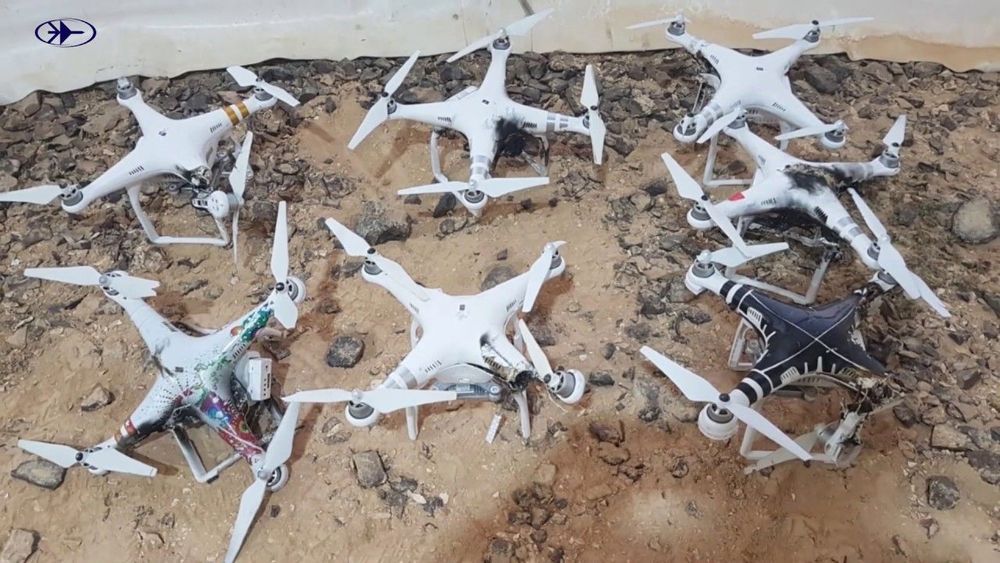
Take a look at this latest Israeli-developed counter-drone technology and watch the Drone Dome laser, dubbed Light Blade, take down a number of DJI Phantoms. The video that was uploaded to YouTube today shows a truck-mounted version of Drone Dome, a Counter-Unmanned Aerial System (C-UAS) weapon. The setup includes a search radar, drone-radio command detector, an electro-optical sensor, and a command-and-control system.
Feb 13, 2020
Watch a SpaceX launch this weekend from Cape Canaveral
Posted by Genevieve Klien in categories: internet, satellites
CAPE CANAVERAL, Fla. – If you missed the last few Space Coast launches because they happened late at night or during the workday, this weekend’s SpaceX launch will be a good opportunity to see one.
SpaceX is targeting Saturday morning to launch another round of internet-beaming satellites on a Falcon 9 rocket from Cape Canaveral Air Force Station Launch Complex 40.
The launch window opens at 10:46 a.m. and ends at 11:02 a.m.
